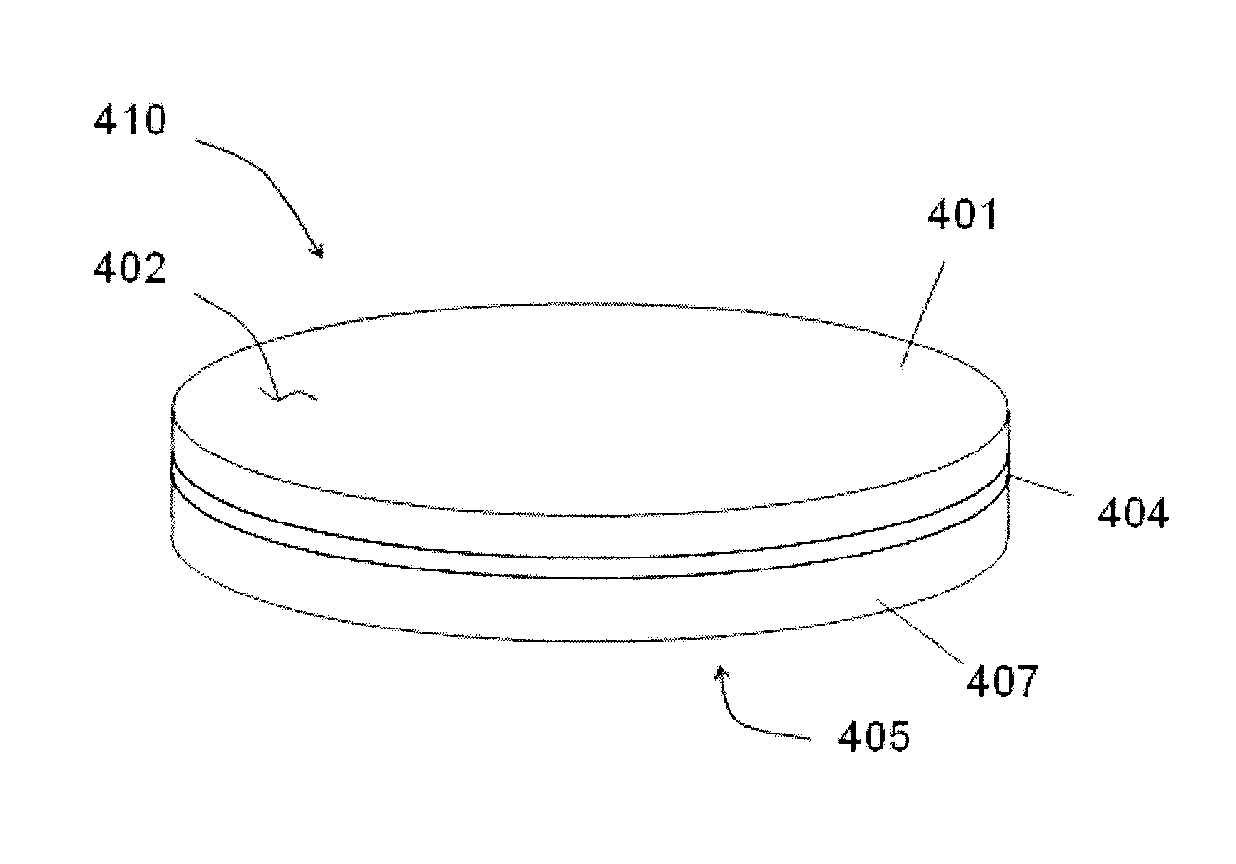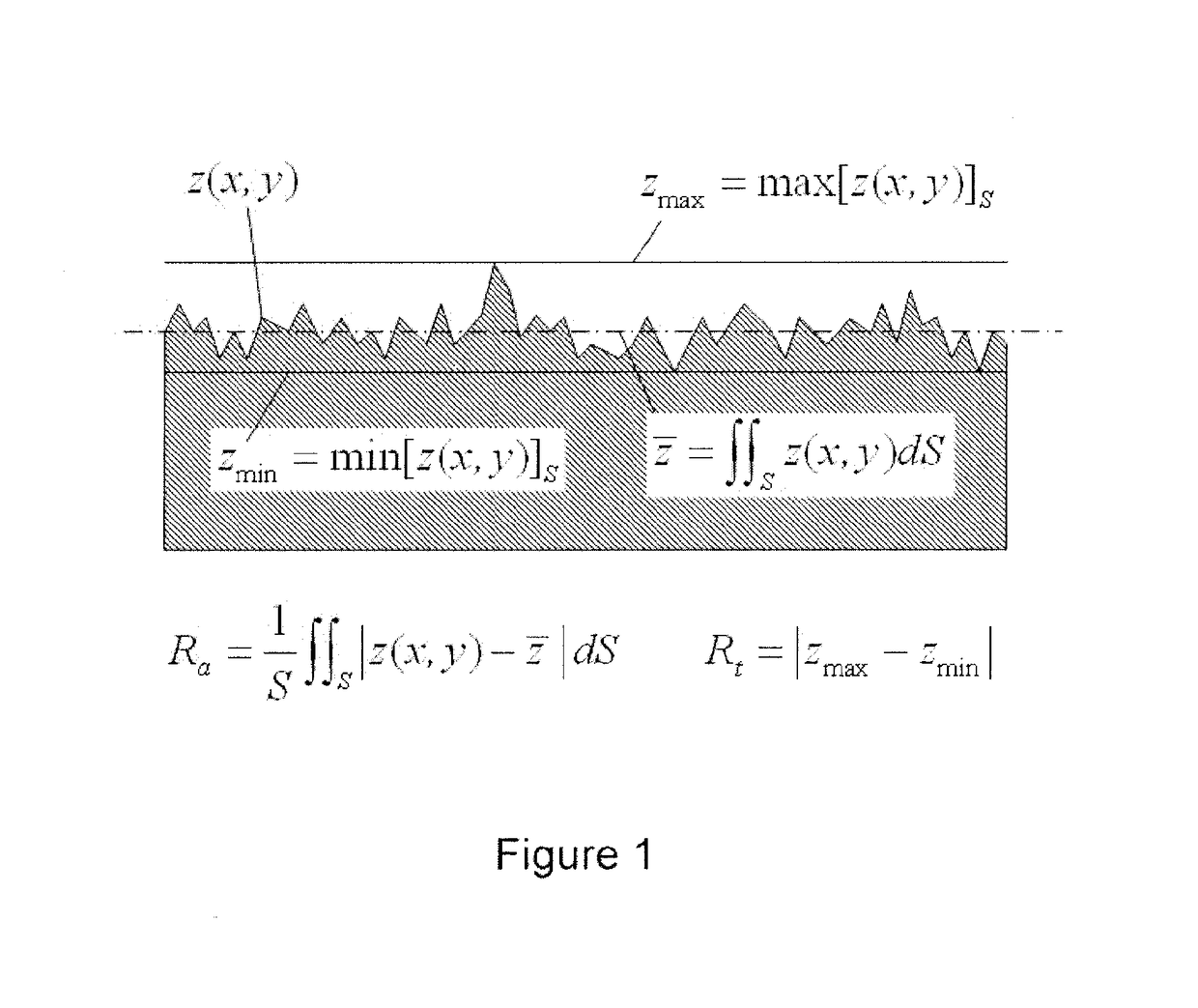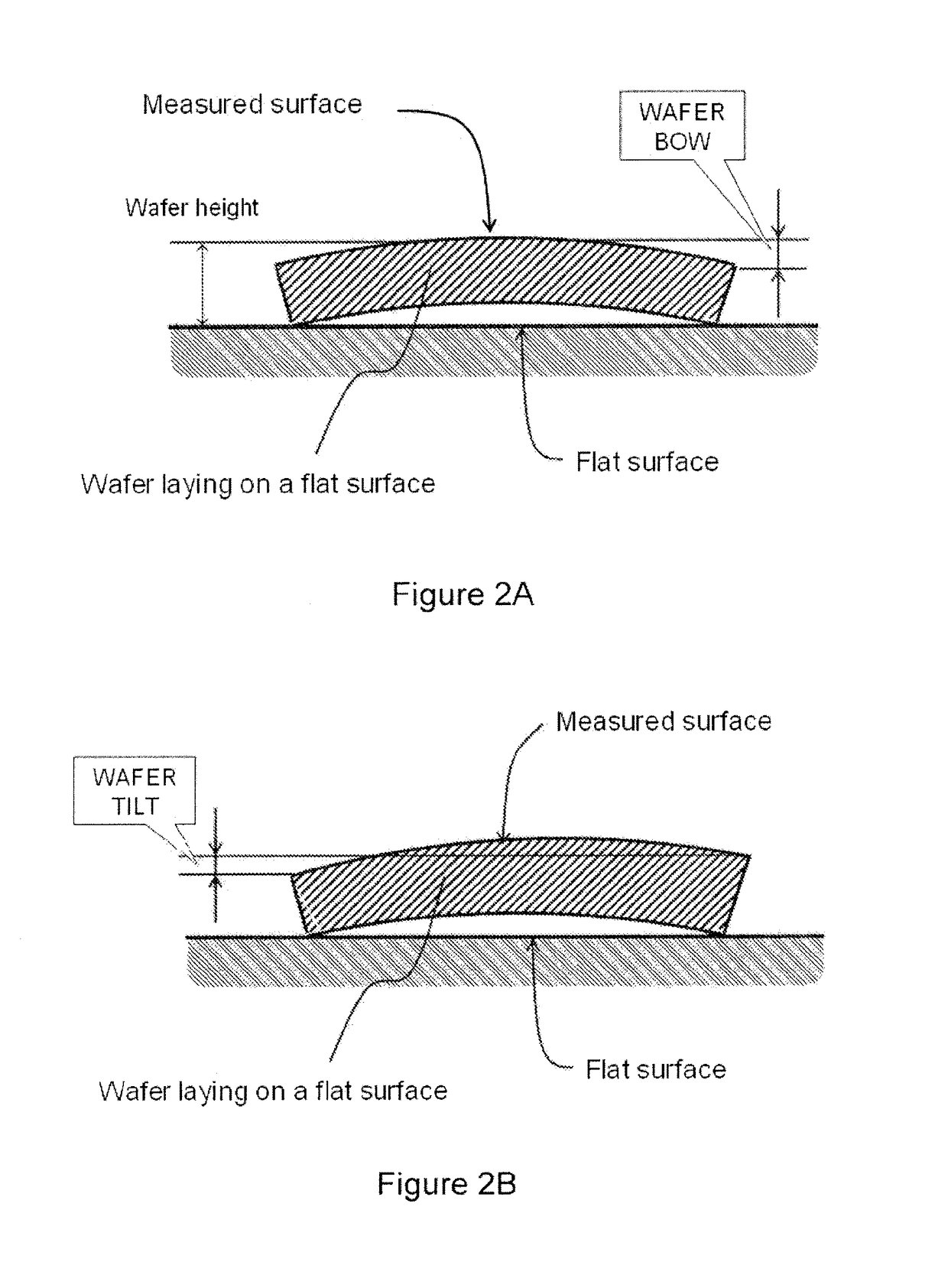Handle for semiconductor-on-diamond wafers and method of manufacture
a technology of diamond wafers and handle plates, which is applied in the direction of semiconductor/solid-state device details, thin material processing, semiconductor devices, etc., can solve the problems of reducing cooling requirements, gan and related ternary compounds exhibit relatively low thermal conductivity of the substrate commonly used, and the deficiency is the most pronounced, so as to reduce the bow of the sod wafers
- Summary
- Abstract
- Description
- Claims
- Application Information
AI Technical Summary
Benefits of technology
Problems solved by technology
Method used
Image
Examples
Embodiment Construction
[0045]The specifications on the mechanical rigidity, flatness, chemical inertness and processing temperature of wafers manufactured in commercial foundries depend on the type of lithography, the specific manufacturer's recipes for contact anneal and chemical processing. Hence there are both mechanical, temperature processing, and chemical inertness constrains on the SOD and DH wafers. The target specifications addressed in this application are given as follows (they do not represent a limitation on the invention is used):
[0046]Starting GaN / Diamond wafer parameters are, but are not limited to the following:[0047]Average GaN / Diamond wafer thickness (WG): between 25 and 200 μm, typically 100 μm;[0048]Wafer diameter (DG): any standard wafer diameter;[0049]Maximum height of the surface profile (RtG): typical values are several tens of micrometers.
[0050]Starting diamond-carrier wafer parameters are, but are not limited to the following:[0051]Average diamond carrier-wafer thickness (Wc): t...
PUM
 Login to View More
Login to View More Abstract
Description
Claims
Application Information
 Login to View More
Login to View More - R&D
- Intellectual Property
- Life Sciences
- Materials
- Tech Scout
- Unparalleled Data Quality
- Higher Quality Content
- 60% Fewer Hallucinations
Browse by: Latest US Patents, China's latest patents, Technical Efficacy Thesaurus, Application Domain, Technology Topic, Popular Technical Reports.
© 2025 PatSnap. All rights reserved.Legal|Privacy policy|Modern Slavery Act Transparency Statement|Sitemap|About US| Contact US: help@patsnap.com



